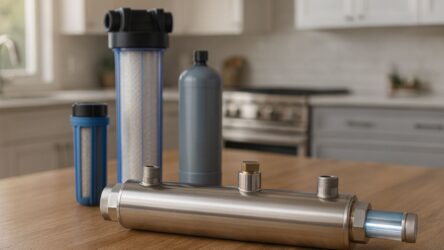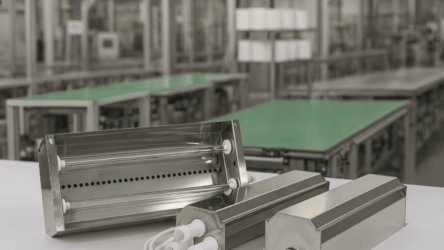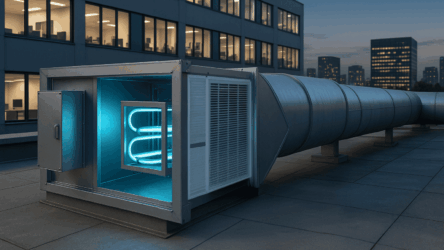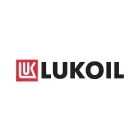The Challenge
In early March, a furniture manufacturing facility contacted us with an uncommon issue: biofilm formation in the humidification circuit of their ventilation system. The installed system used a droplet-based humidifier with a honeycomb filter and an open water reservoir. Over time, slime buildup began clogging the circulation pump and disrupting system performance.
Despite pre-treatment with reverse osmosis, the combination of stagnant water in the storage tank and consistently high humidity created the perfect environment for microbial growth. The client had previously tried a household UV sterilizer rated for 400 liters (originally intended for aquariums), but the result was insufficient—biofilm formation persisted.
Objectives
- Eliminate microbial contamination in the humidification reservoir
- Prevent growth on the reservoir’s inner surfaces
- Explore the option of air disinfection for incoming air flowing through the humidified section
Our Solution
After consulting with the client and evaluating the equipment layout, we proposed installing four UVL Mod 28 submersible UV modules (each rated at 28W). Given the dimensions of the tank (60×100 cm) and the effective coverage radius of each lamp (~25 cm), placing the lamps along the longer side provided optimal coverage for both water volume and wall surfaces.
Components Supplied
- 4× UV disinfection lamp modules (28W each)
- 4× Electronic ballasts
- 4× Quartz sleeves with sealed ends
- 4× Sealing assemblies with o-rings and feedthroughs
- 4× Shielded 2-meter connection cables with 4-pin connectors
- Packing and delivery
The system was delivered as a ready-to-install kit, designed for minimal disruption to the existing setup.
Technical Challenges
A critical concern was the potential degradation of plastic components—particularly the float valve—when exposed to UV-C light. The client was using a standard low-cost plastic float, which proved vulnerable. We recommended switching to a stainless steel float, which they sourced and installed independently.
The UV modules were mounted through drilled ports in the tank walls and secured using fluoropolymer locking nuts. This setup provided a stable installation even with limited water circulation.
Key Benefits
- Reliable disinfection of stagnant water in the humidification tank
- Prevention of microbial buildup on internal surfaces
- Extended lifespan of circulation pumps by reducing contamination
- Elimination of maintenance-related downtime
- Improved air hygiene in the supply zone
The final result was a customized, low-intrusion solution that fit perfectly into the existing HVAC and humidification infrastructure, with no redesign required.
If you’re facing similar issues in ventilation systems, air humidifiers, water tanks, or ductwork, our team at UVL can deliver a tailored UV water disinfection solution based on your system specs and a brief engineering consultation.







